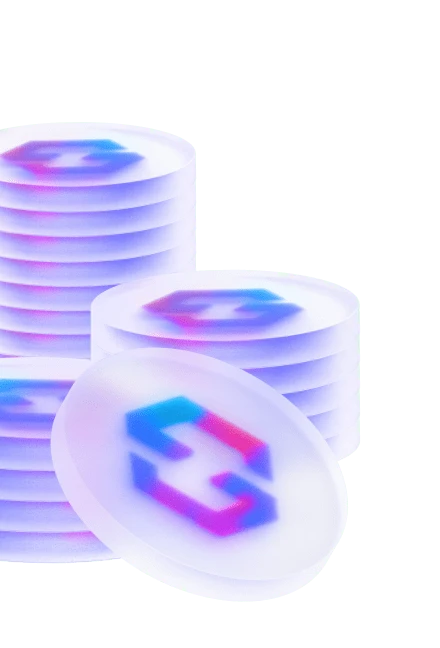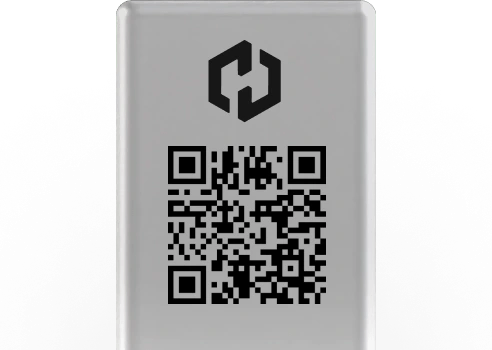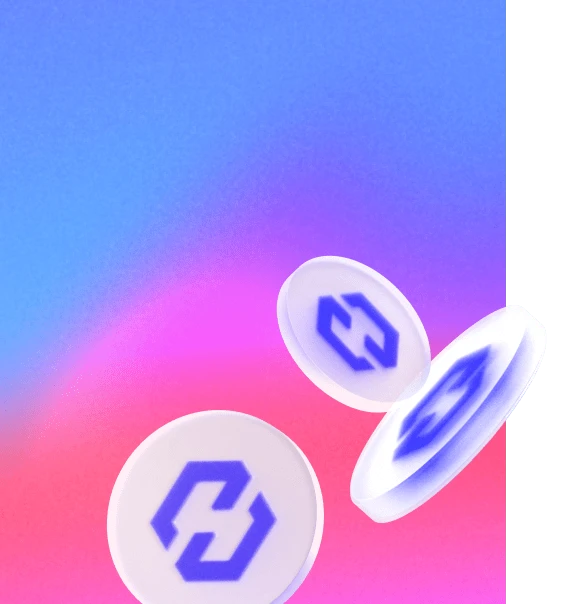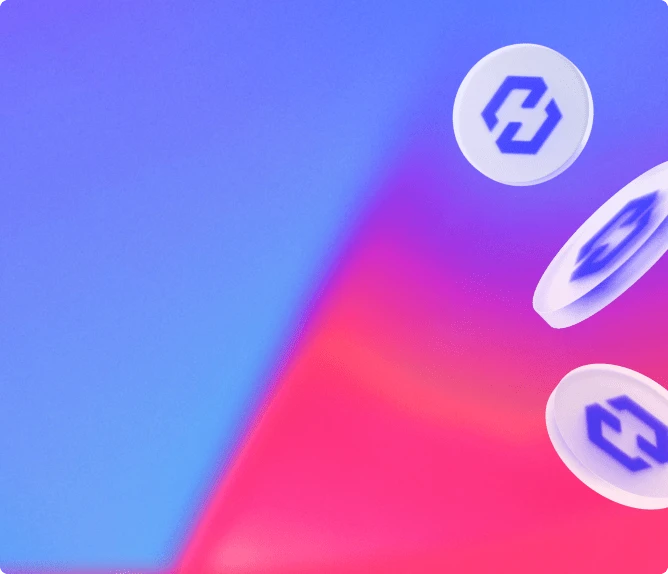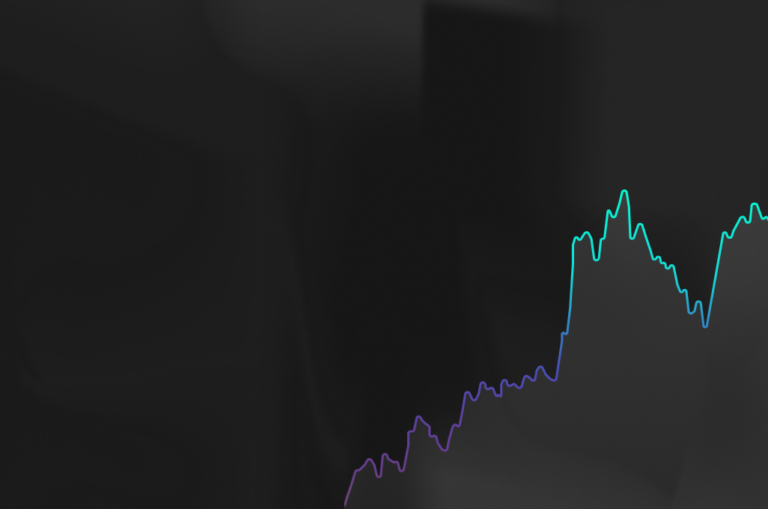Most investors in crypto-assets wait for prices to rise before selling their currencies for a profit.
But this isn’t the only way to generate income in this market.
Another method, called ” staking “, allows you to add value to your crypto-asset portfolio with minimal risk and (virtually) without doing anything, by earning rewards. What is the definition of crypto staking?
How does staking work?
What are the benefits?
After reading this article, you’ll be all set.
What is crypto staking?
This process can be compared to a financial investment.
In essence, it involves immobilizing crypto-assets in order to generate income, just as you would with a savings account.
Staking makes it possible to increase the value of your digital currencies by freeing yourself from these numerous constraints.
All you have to do is immobilize a certain number of assets in a “staking pool” (usually a dedicated platform), and let the network do its work. The concept of staking is similar to that of mining.
On a blockchain with proof-of-work validation, such as Bitcoin, mining consists of validating blocks of transactions in order to collect a reward.
It’s a complex, energy-intensive process, requiring investment in powerful and expensive hardware.
In contrast, on a blockchain withProof of Stake validation, validators sequester assets for a chance to add a block to the blockchain.
The allocation of a block to a validator is random, but depends on the quantity of assets sequestered and how long they have been tied up.
Only one validator works on a block, which reduces the resources consumed, mainly in terms of energy.
Proof-of-Stake has been designed to overcome the limitations imposed by Proof-of-Work and validate blocks in more complex environments, such asEthereum.
What are the advantages of staking?
For an investor in crypto-assets, staking enables income to be generated passively.
The average return can be very high, with some crypto-assets promising up to 30% annual income.
Most of the time, these rewards are paid out in the network’s original currency.
Meanwhile, you continue to benefit from the natural evolution of the price of the sequestered assets.
Crypto staking also contributes to the security and efficiency of the blockchain.
By immobilizing tokens, you help make the blockchain more resilient.
In some cases, you can even touch “governance tokens” and give your opinion on the evolution of the blockchain.
How is staking rewarded?
The validator chosen at random to generate a new block is rewarded for its work through a money creation mechanism.
Investors who have entrusted their assets to the validator therefore receive remuneration in proportion to the funds they have placed in escrow, less a commission retained by the validator to ensure the operation of its machines. The principle of blockchain decentralization applies here: the more validators there are, and therefore the more funds in escrow, the more secure the blockchain. Most of the time, staking results in a reward paid into the network’s original crypto-asset, so its value varies according to the asset’s market capitalization.
With most validators, rewards are distributed according to a pre-defined frequency. Taking all these parameters into account, the staking challenge is to identify the cryptos offering the best returns.
What currencies can I use for staking?
Staking only applies to crypto-assets based on the proof-of-stake consensus mechanism.
This covers more than 260 networks, including Ethereum (ETH), Solana (SOL), Polkadot (DOT), Tezos (XTZ), Cosmos (ATOM) and Cardano (ADA). Choosing the right currency for staking is essential.
Not only because it’s all about finding the best return for staking, but also because of the risks involved.
How much does staking earn?
Income depends on each crypto asset and how it is managed.
Rates can change over time.
There may be decisions by project managers to change these rates up or down, and these decisions are impossible to predict in advance.
But most of the time, rates vary according to the number of tokens that are staked in the protocol: the more tokens that are staked, the more the income decreases, which is particularly the case when the project attracts many investors.
What are the risks of staking?
Every investment carries an inherent risk, and staking is no exception.
Specifically, the validator is rewarded when he does his validation work correctly, but may receive a penalty when he fails to do so.
This is the case on most blockchains: if the validator’s machine is not available when he is appointed to validate a block, he receives a minor penalty, but if he proposes an invalid block, he may receive a substantial penalty.
This penalty, known as slashing, is deducted from the funds sequestered on the validator’s machine.
Depending on the validator, the funds held in escrow by investors who have placed their trust in the validator may be used in whole or in part to pay this penalty, thereby reducing their remuneration.
You must therefore be particularly vigilant with regard to the conditions of use proposed by validators.
The other risk is more common: in the event of a fall in the price of the staked asset, staking revenues may not compensate for the decline. However, it is always possible to hold onto funds and wait for better times.
Finally, in connection with falling share prices, some staking protocols impose fixed deposit periods, during which it is not possible to touch your holdings.
Here again, this is a parameter that needs to be taken into account when making an investment.
When should you stake your crypto-assets?
While, in absolute terms, staking requires a minimum balance of crypto-assets, the use of third-party platforms such as Coinhouse guarantees simple and secure participation, with low or non-existent entry tickets.
Going through such a platform helps to reduce barriers and earn rewards without the need to purchase validation equipment.
In return, commissions are deducted from revenues.
How do I stake crypto with Coinhouse?
The practice of staking involves carefully choosing your assets to immobilize, and selecting the platform to which you’re going to delegate them with at least as much rigor.
The good news is that Coinhouse offers a crypto staking service accessible to users with a validated account on the platform.
You can now start staking crypto on Coinhouse, directly from your interface.
Contact us to find out more.
